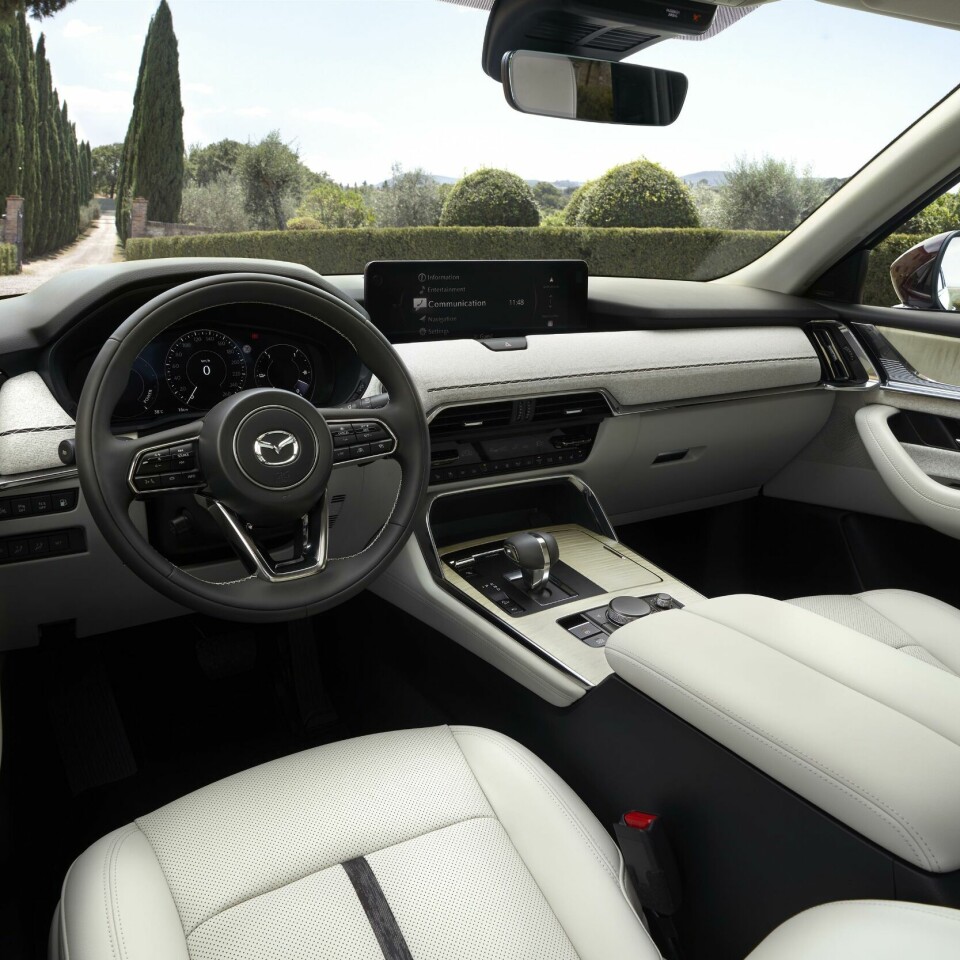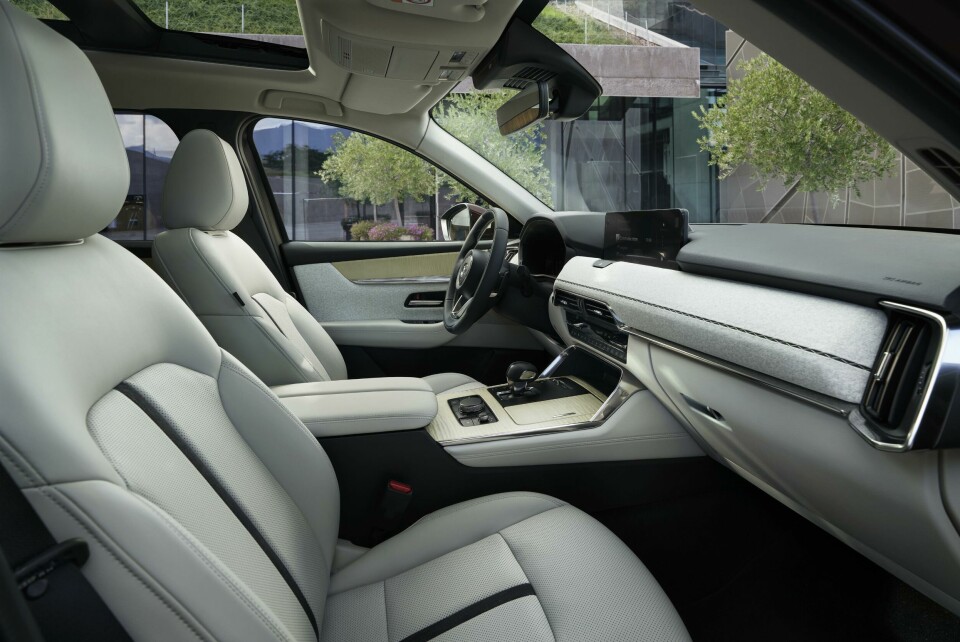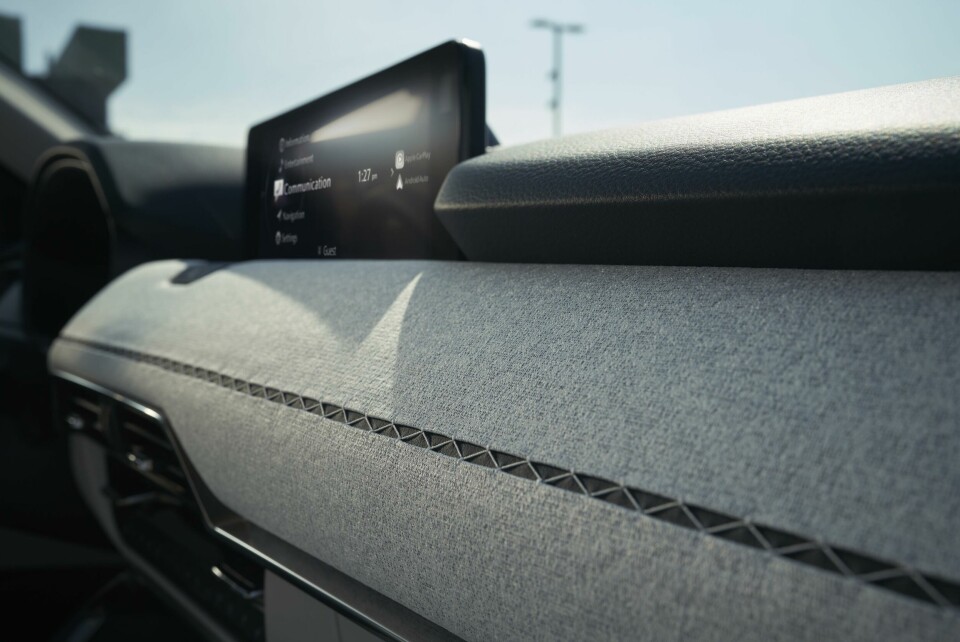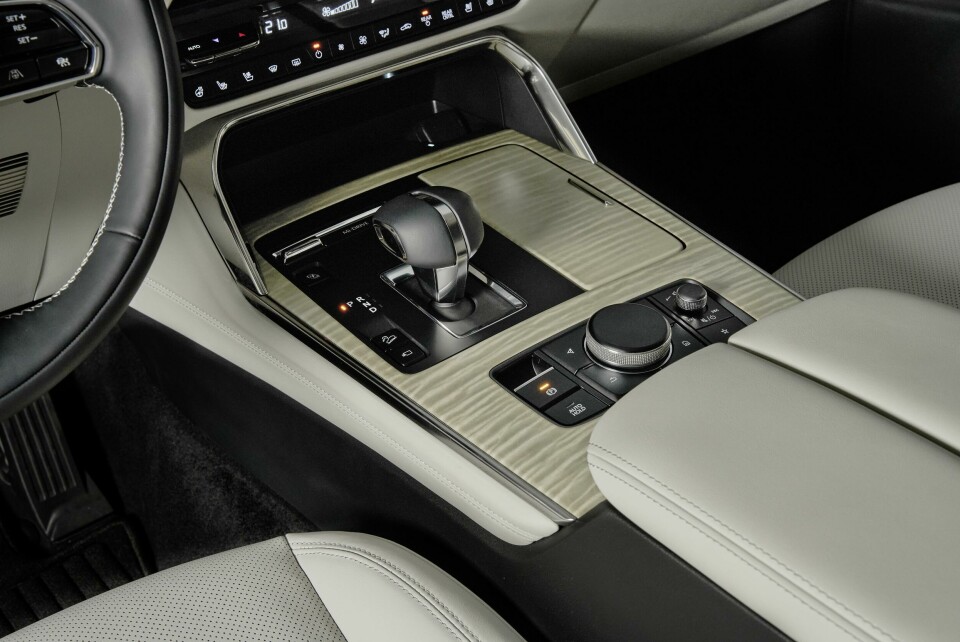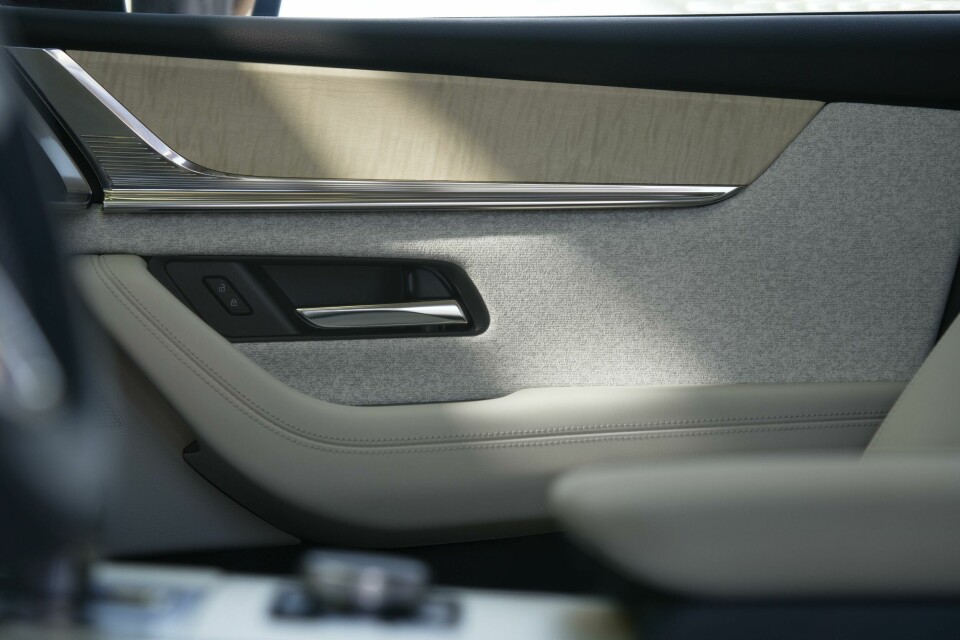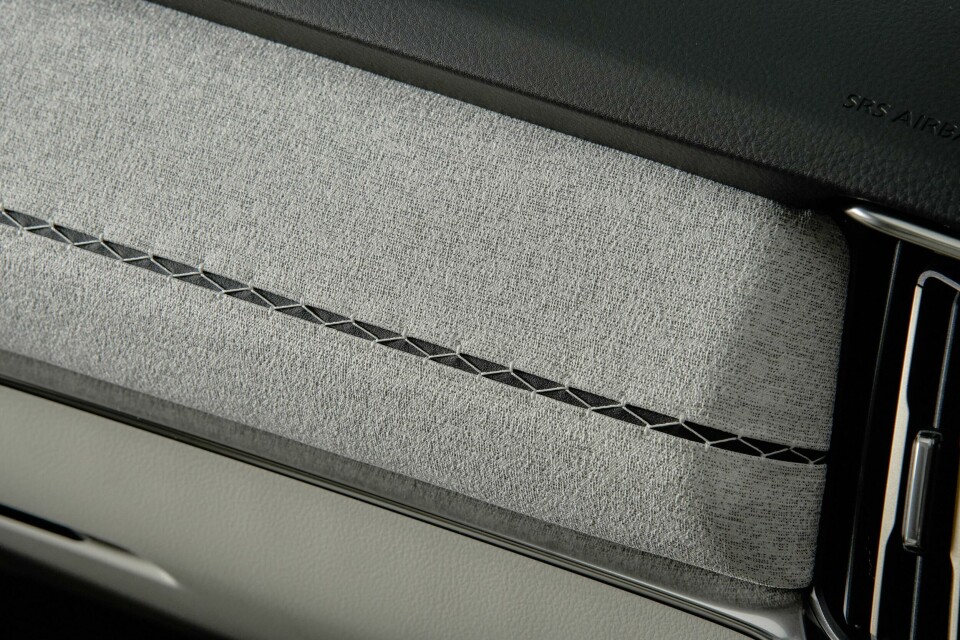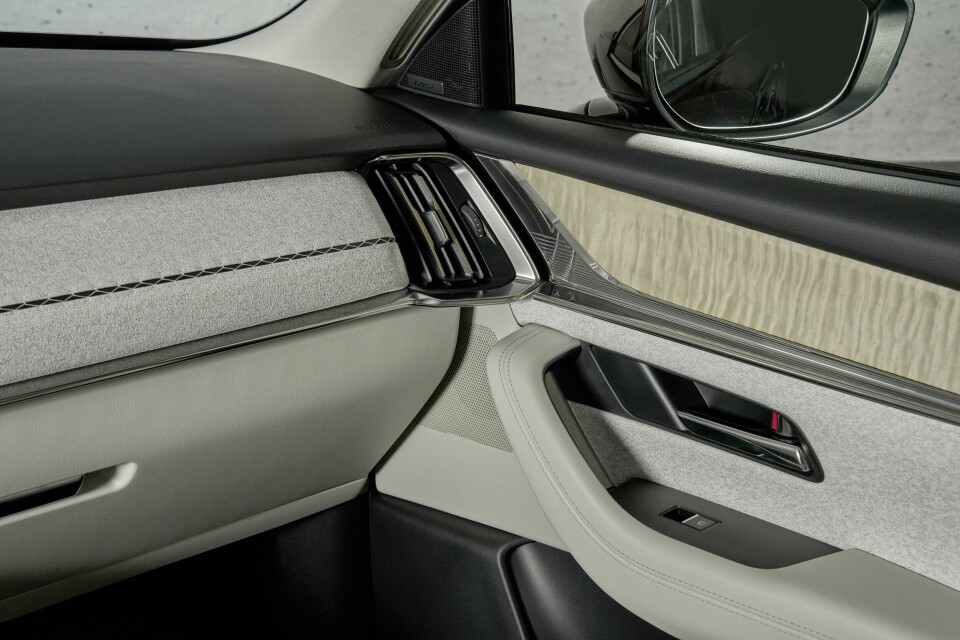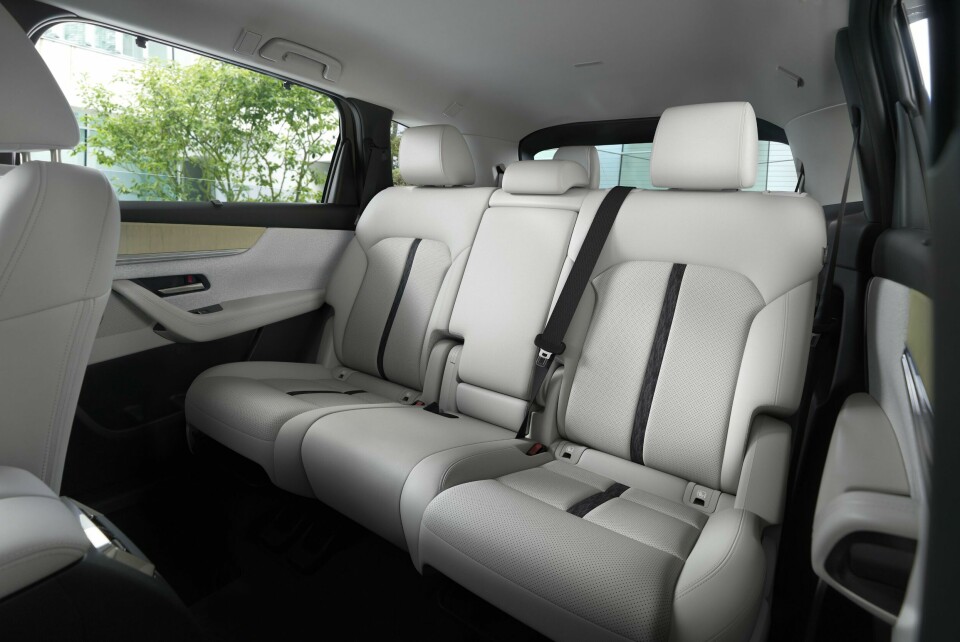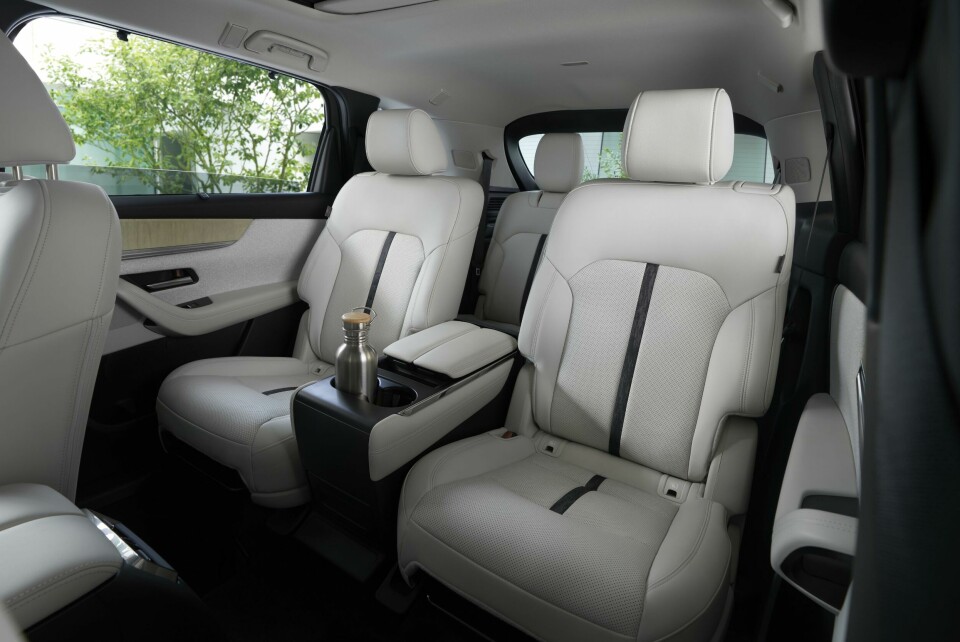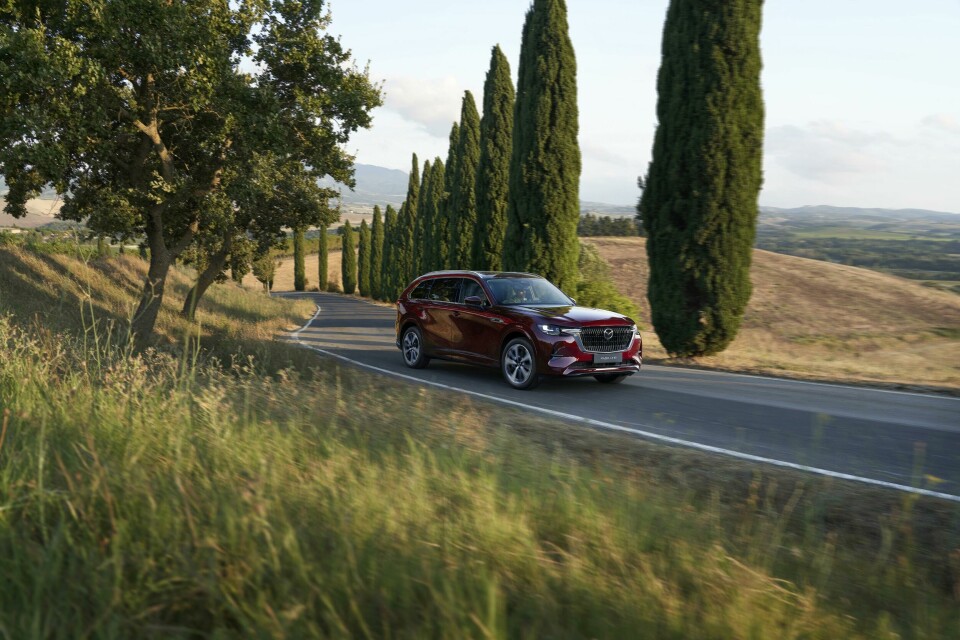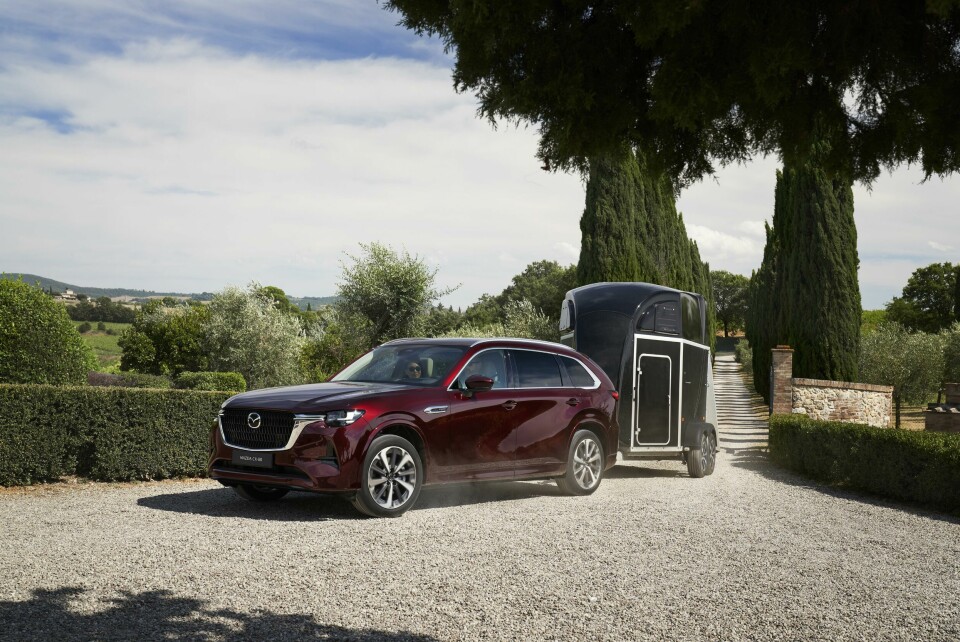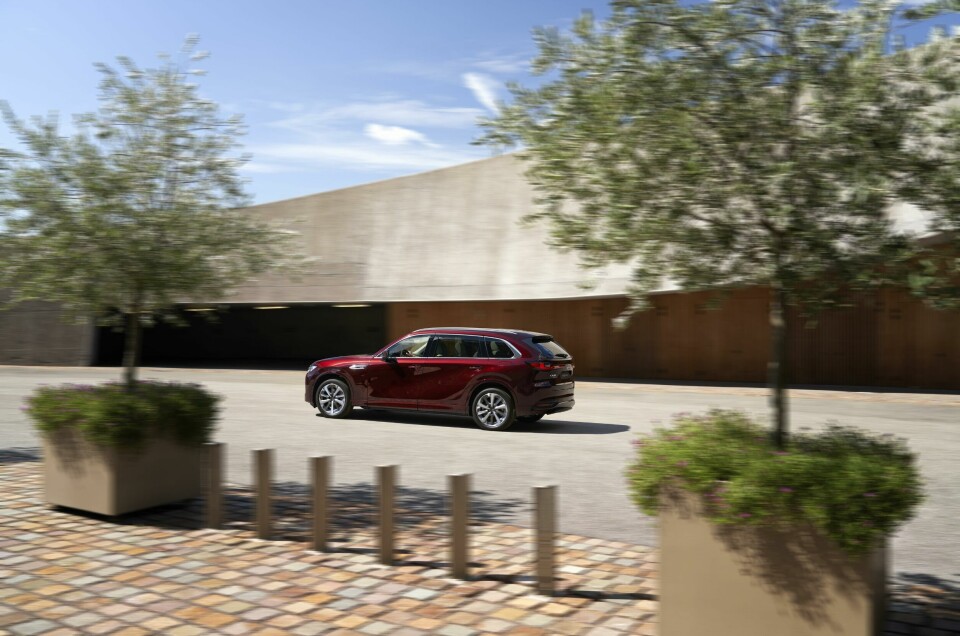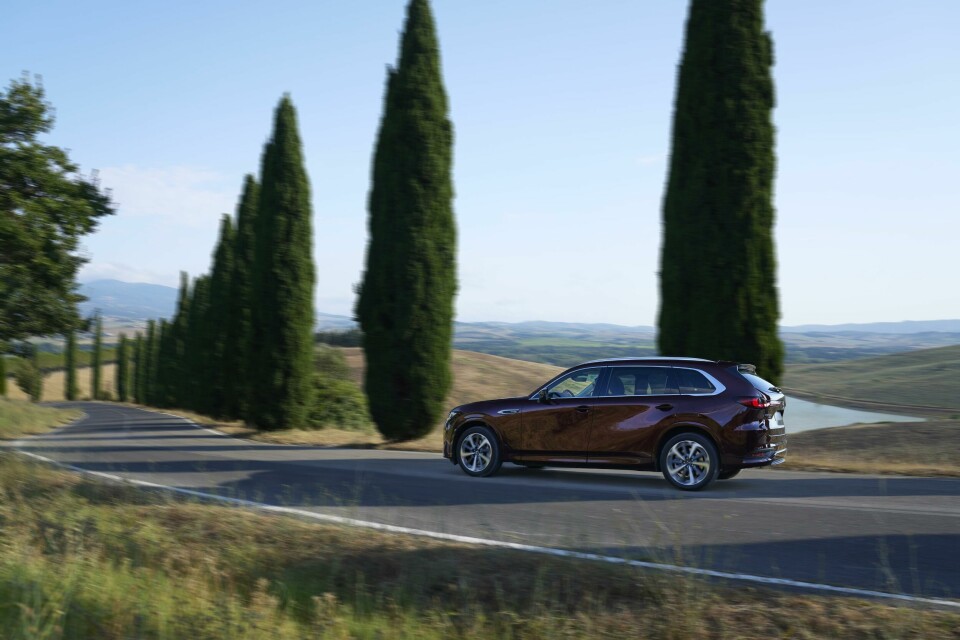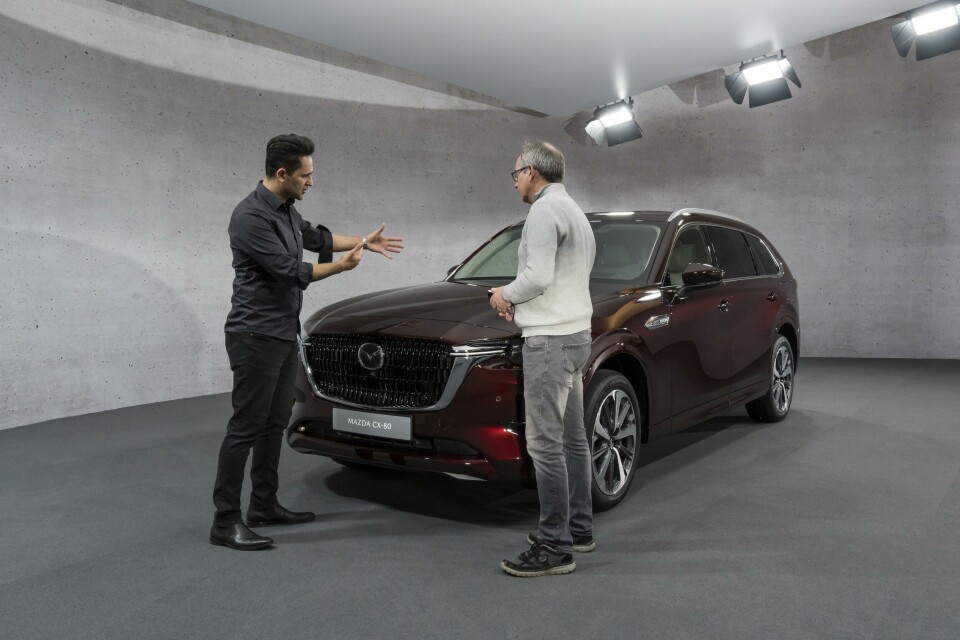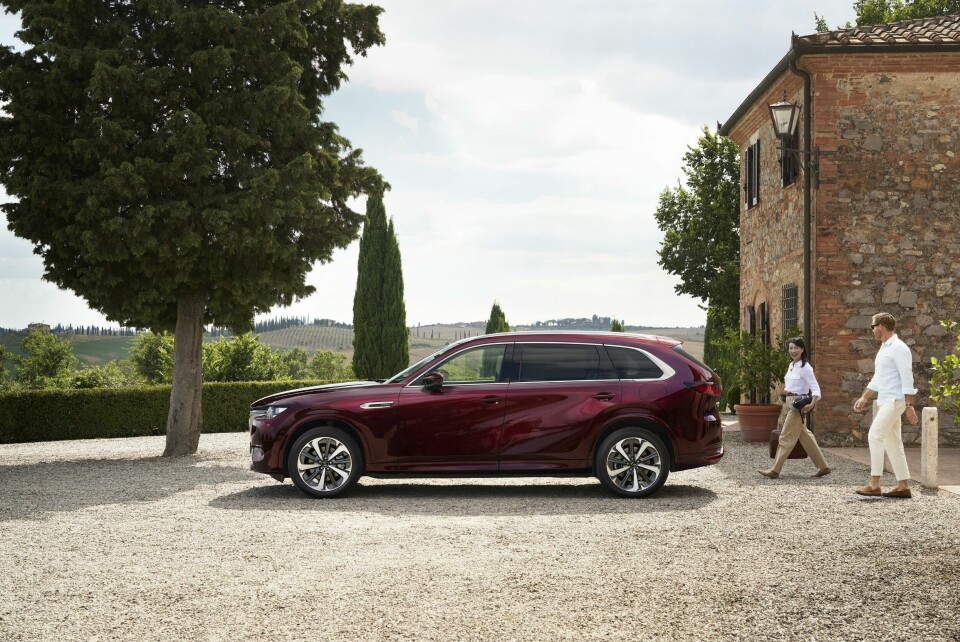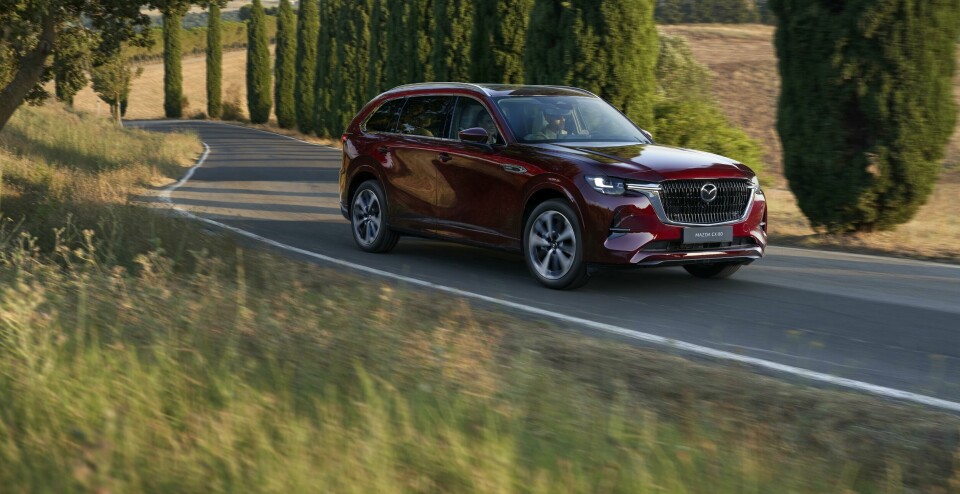
Mazda's inspiring design story with the new CX-80
Mazda has revealed its new CX-80 flagship with luxury and design in every detail. Car Design News visited Mazda’s European design centre to take a look
Mazda has revealed its new flagship SUV, the CX-80. With it comes a new chapter of design that further elevates the Japanese marque into the kind of premium territory dominated by the likes of Audi, BMW, Jaguar, Mercedes-Benz and Volvo. It’s all about purity of form while demonstrating all the characteristics of Mazda’s design philosophy, Kodo.
The first to display the brand’s Kodo design language was the CX-5 SUV in 2010. At the time Mazda’s range was dominated by hatchbacks, saloons and estates as well as the much loved MX-5. The Mazda 3 was its top seller in that year, but recently the CX-5 SUV has topped its sales figures.
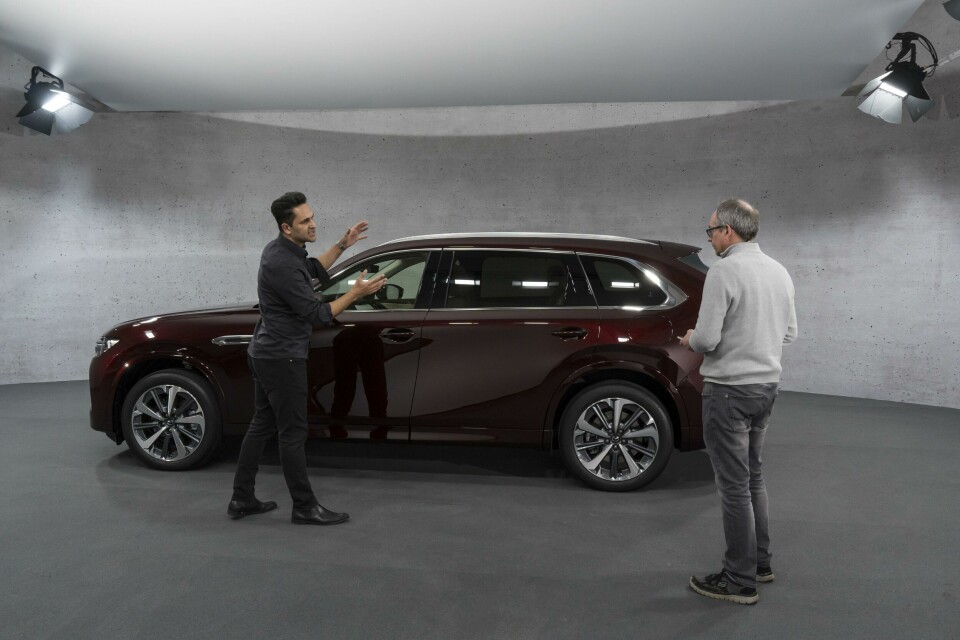
Capitalising on the success of the CX-5. Mazda introduced the CX-60, but in the CX-80 it really moves upmarket while also increasing in size with space for up to seven occupants.
Bahram Partaw is lead designer at Mazda Europe and at a preview of the model at the company’s design centre near Frankfurt, he told CDN that the new model exudes a “graceful toughness.” We aren’t sure who came up with that, the design team or the marketing team, but it’s immediately clear that there is an elegance about it that eclipses anything currently being created by rivals like Jaguar or Mercedes-Benz.
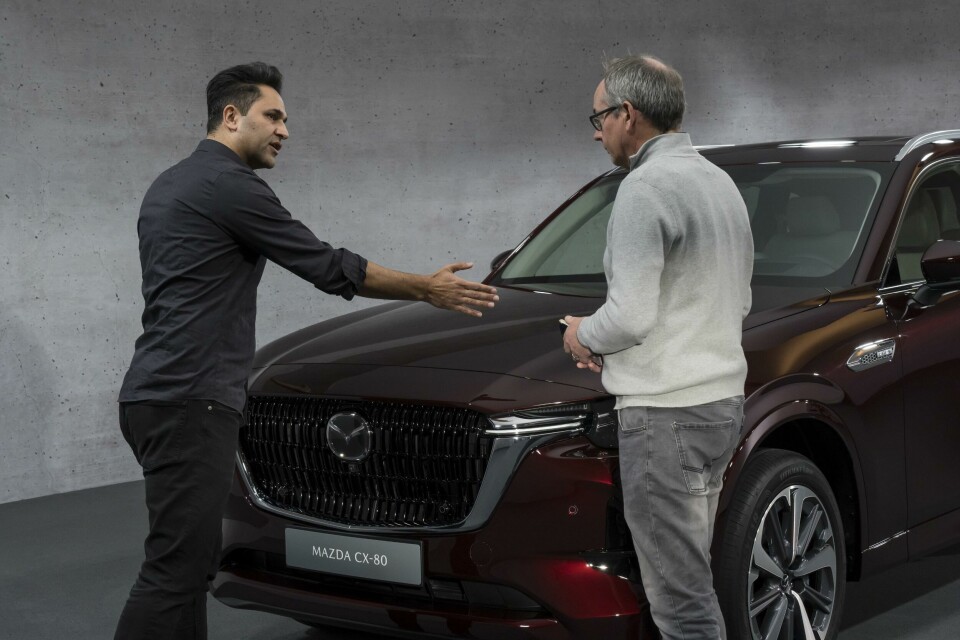
The front features a number of signature Mazda elements that again go back to the introduction of Kodo in 2010. “You immediately see the signature wing of Mazda’s front, which is sculpturally shaped and pushes the headlamps far to the side to give you the strength and width of the design,” says Partaw. “It is also pushed very far inside to create the depth and the sporty attitude that the car needs.”
Behind that characteristic facade is a high and long bonnet that provides the impression of power. It houses an in-line six-cylinder engine that is connected to the plug-in hybrid technology and rear-wheel drive architecture. However, it is the side profile that really communicates a new level of premium luxury.
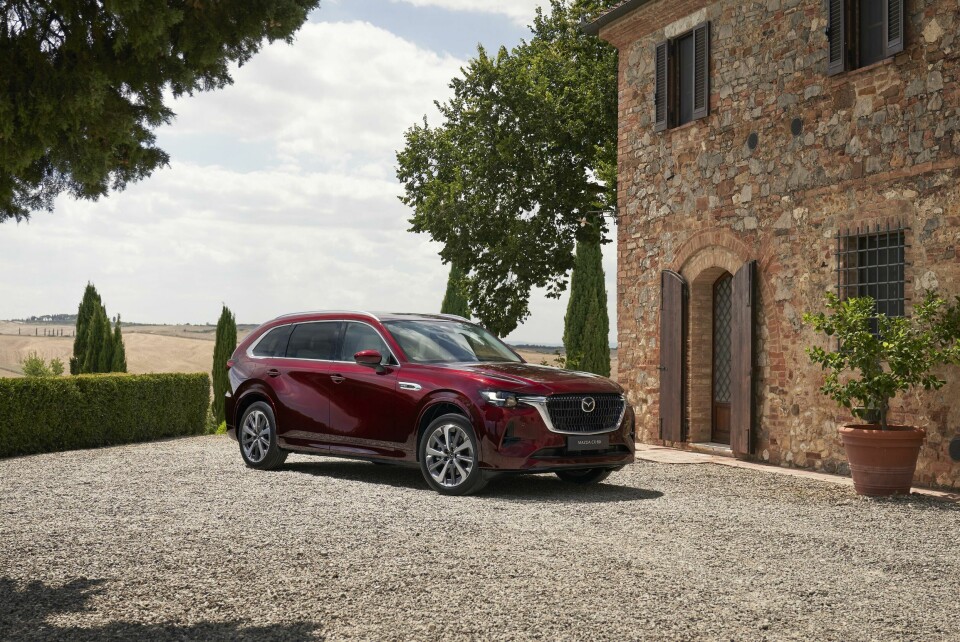
Here there’s something about the body above the belt line that echoes the classy elegance of an estate car. It’s a beautiful style that contradicts the common belief that it is difficult to design a good-looking SUV. The wheelbase is 250mm longer than the CX-60 with which it shares a platfom, allowing for a third row of seats but also contributing significantly to that elegance.
“Giving it that length has has allowed us to redesign the moulding, so the whole DLO graphic has a much more dignified impression,” Partaw says. “It looks like a handcrafted metal sculpture.”
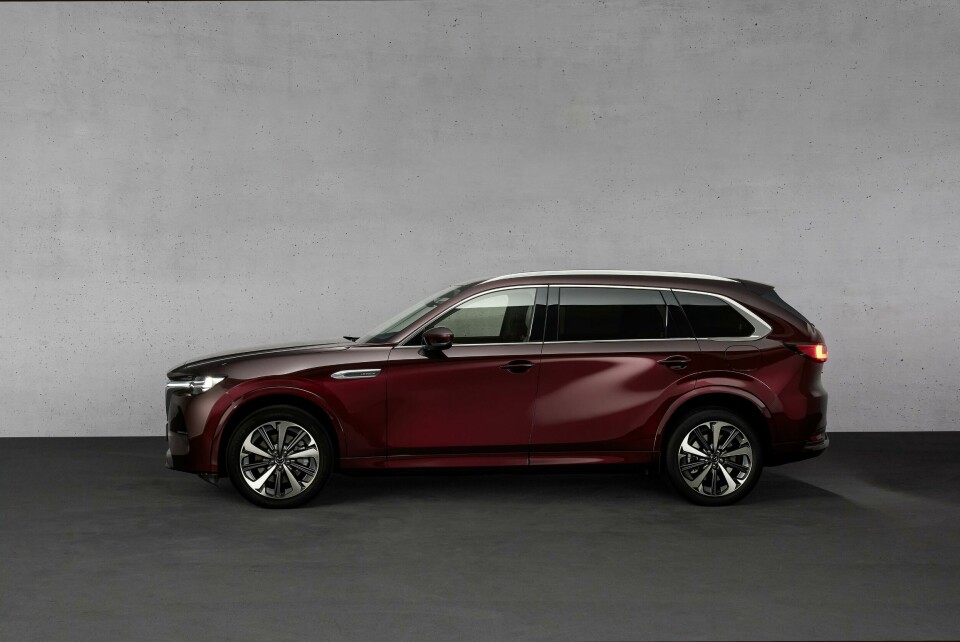
That sculpture is finished off by a rear quarter panel window that has been stretched to allow the third row occupants a view outside. Here the chrome surround has a slight kink to its lower element, again adding to the car’s identity. It’s here that we find Partaw’s favourite part of the design, the C-pillar surround.
“The chrome around the window creates a unique and elegant look, accentuating the feeling of power and speed that emanates through the line from the front,” he says proudly. It’s a great example of the Soul in Motion translation of Kodo.
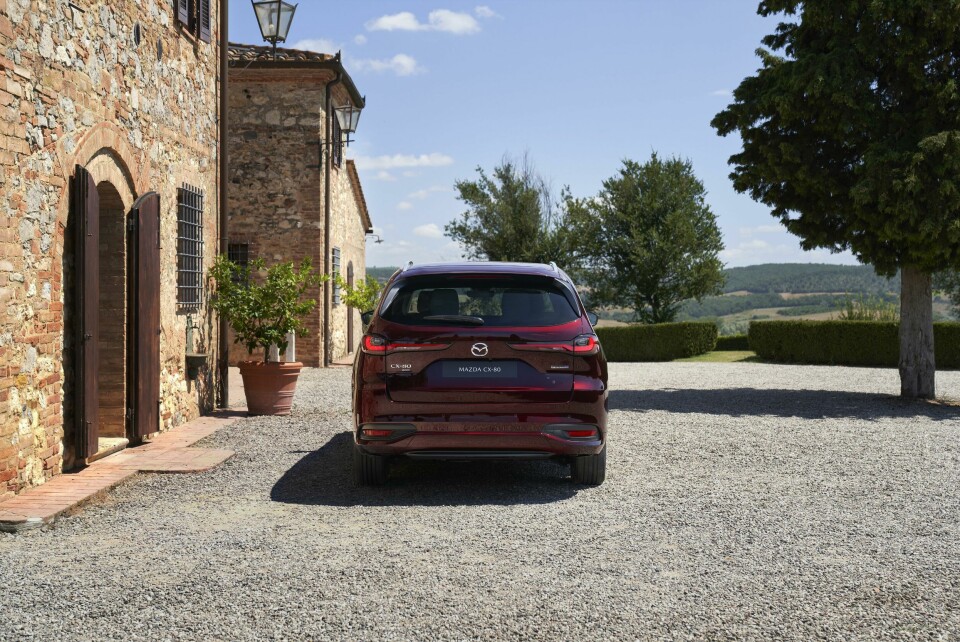
The rear design is also about simplicity with neatly-integrated tail lights and minimal lines. Black plastic surrounds at each side of the rear window are meant to appear to fade into the glass, but are the only element on the car that does not portray the premium look.
Fortunately we return to it when it comes to the interior, even in terms of ingress. There’s a luxurious solidity as you open the doors, even more so with the rear passenger doors. Here they open with a slight upward curve, like the swan neck doors of the Aston Martin Rapide. It’s a detail of which Partaw is also very proud.
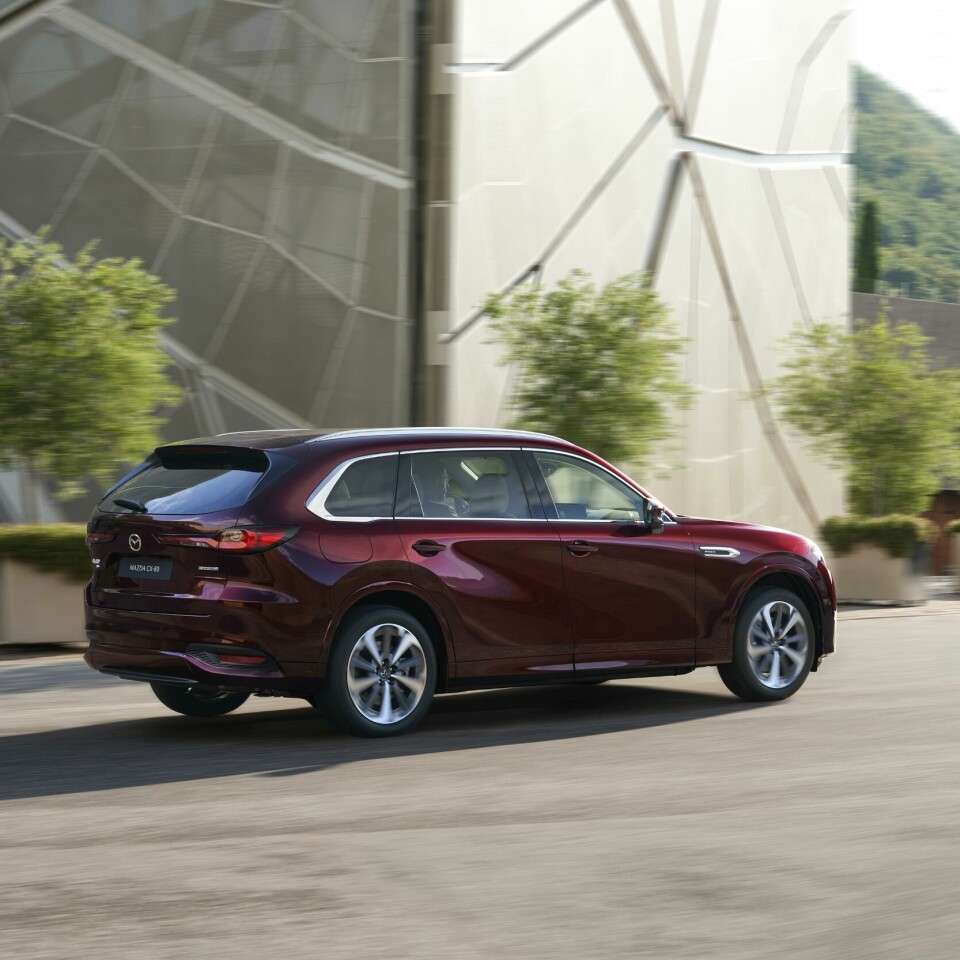
Then there’s the brand’s concept of Jinba Ittai, meaning horse and rider or car and driver, which he says is still key. It’s about visualising a connection between the exterior and interior though the colours and the way the driver is cocooned inside the car.
More than that though, it was immediately apparent when we climbed into the Takumi spec model that the interior is a place of calm relaxation, ruled not by technology, but by design and the influence of Japanese art. “In strong contrast to our exterior design philosophy, we want to really calm the customer inside the car by creating a relaxed atmosphere,” he says. The interior design philosophy is called “Ma” with the intention to allow the space to breathe while creating a zen experience.
The wide instrument panel accentuates the feeling of space and the modern essential of the touchscreen is neatly integrated into the upper panel of the IP rather than dominating it. As with other Mazda models, the idea is that screens distract from the joy of driving, so essential information is visible in the 12.3-inch instrumentation screen and a head-up display, while the 12.3-inch touchscreen is almost secondary.
It adds to a focus on design and practicality, while from the perfectly-placed controls to the luxurious feel of the chrome trim components, the CX-80 feels as though it is punching way above its weight in terms of class.
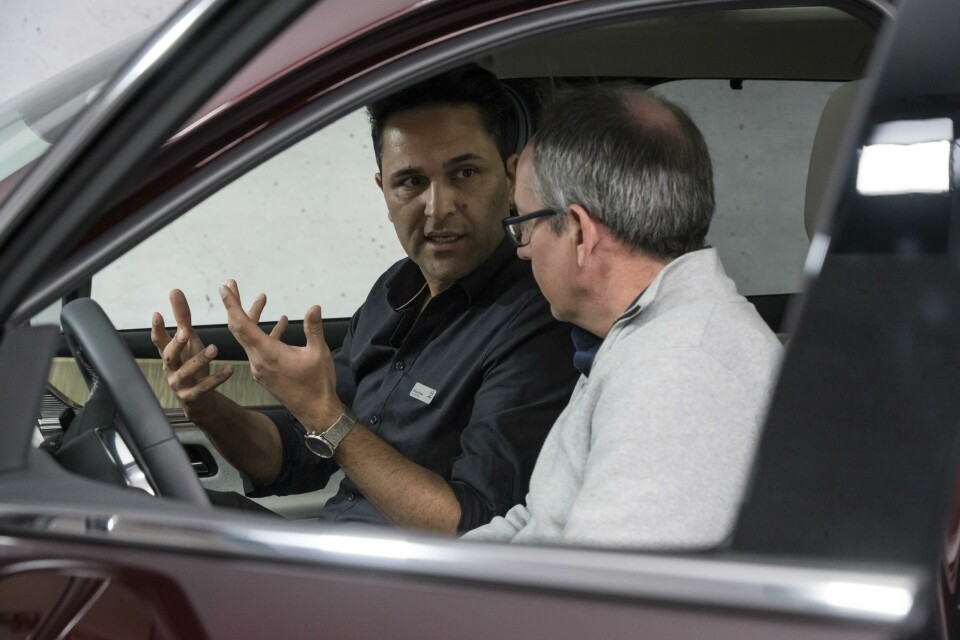
There’s further evidence of this in the Takumi spec, with Nappa leather upholstery and maple wood trim adding to the chrome details that in combination reflect the Japanese design concept of Kaicho, meaning harmony. Hacho, or broken rhythm, is another area of Japanese craftsmanship and it is very evident in the material covering the upper IP that features Japanese Musibu ‘hanging stitching’.
What is even more impressive in this day and age is the focus on continuation of lines. Where once many designers were creating wraparound interiors, lines that reflected yachts or cockpits, today the lines are often disjointed, lacking flow or interrupted by screens and other technology items. The CX-80 shows that it is possible to combine all elements and still have a wonderful flow to the lines and materials.
A key example is where the door top meets the IP. Here the lines are barely separated by a physical gap, something which not only shows a focus on purity of design, but also enhances the premium feel. Some other major design departments would do well to take a closer look.
It’s a real highlight of the new CX-80 and shows that timeless philosophies can still be integrated in today’s tech-first environment. The world might be clamouring for SUVs with three rows of seats, connectivity and electrified technology, but Mazda has made these things sidebars in a story that is all about design and craftsmanship. It’s a story that makes for welcome reading.
